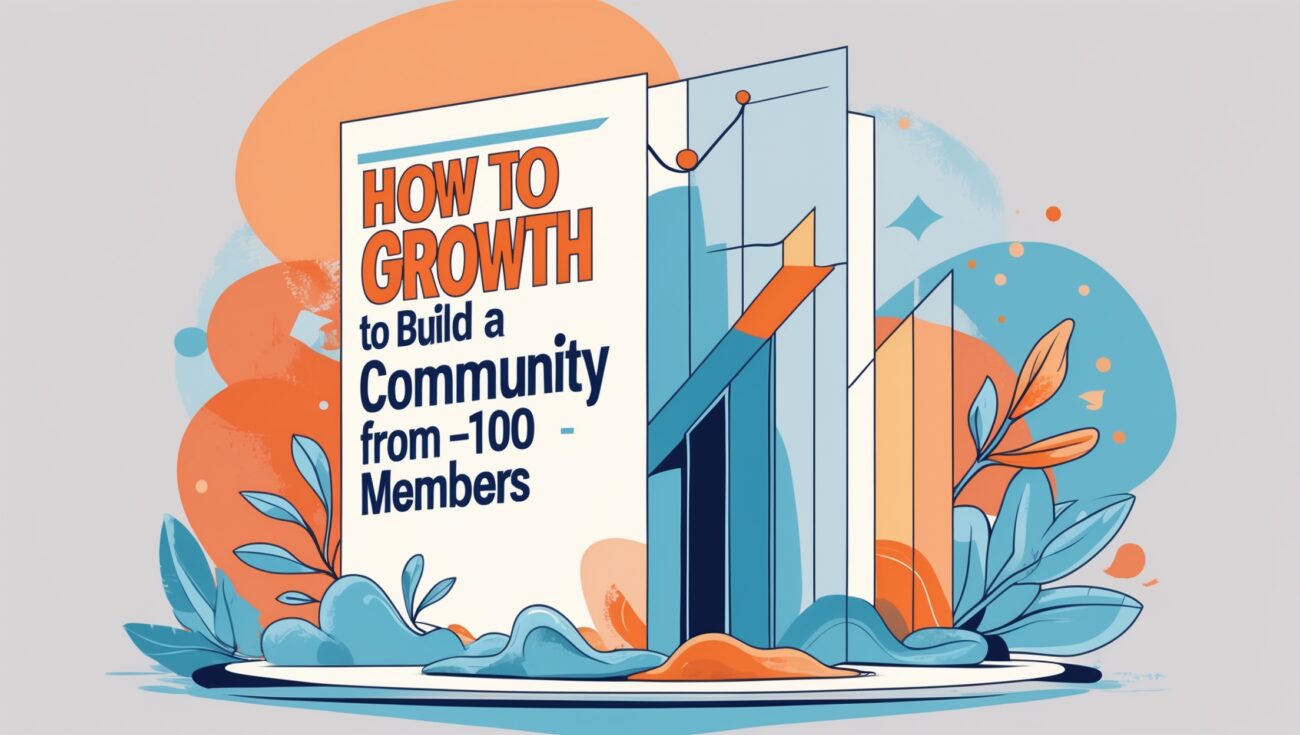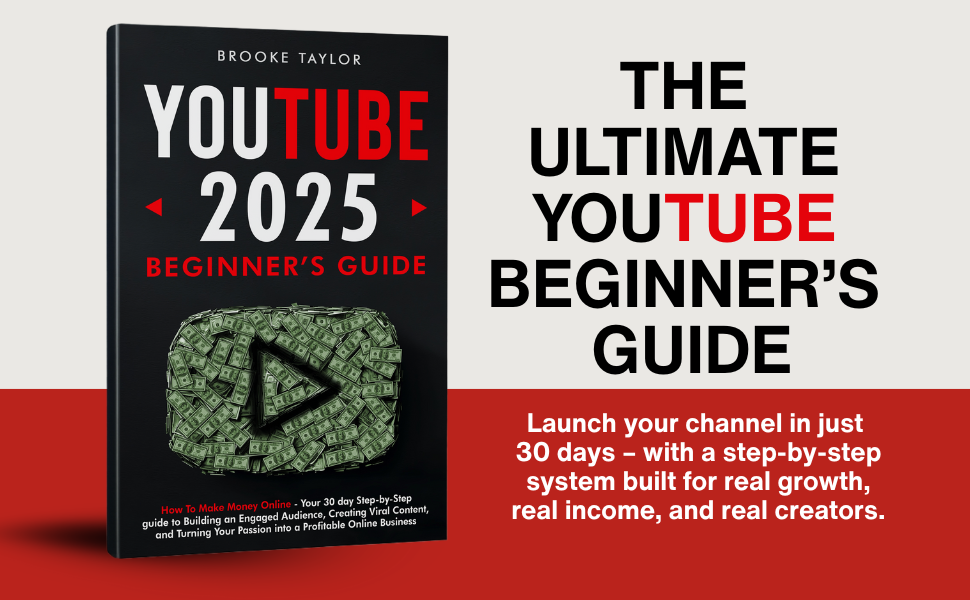How to Build a Community from Scratch: 0→100 Members Playbook
Why the First 100 Members Matter
When I launched my first online community, I thought growth would happen overnight. I imagined hundreds of people joining instantly. Reality check: the first 100 members took real work.
But here’s the thing—those first 100 members are the most important you’ll ever get. They shape the culture, give you feedback, and create the momentum that attracts thousands more later.
In this playbook, I’ll walk you through how I went from 0 to 100 members step by step—what worked, what didn’t, and how you can do it faster.
If you want a simple, distraction-free platform to launch your community, I recommend Skool. It combines courses, community, and coaching in one place.

Table of Contents
Step 1: Define Your Community’s Purpose
Nobody joins a group just to “join.” They join because they want a transformation.
Ask yourself:
- Who is this community for?
- What problem does it solve?
- What outcome will members achieve together?
For me, my community wasn’t just “about business.” It was about building predictable online income step by step. That clarity made it easier to attract the right members.
Write one sentence: “This community helps [who] achieve [what] without [pain point].”
Step 2: Pick the Right Platform
I made the mistake of starting on Facebook Groups. It was noisy, distracting, and members kept disappearing into the algorithm. That’s why I switched to Skool.
Here’s why Skool works so well for early-stage communities:
- Clean community feed (no ads or distractions)
- Gamification (points, levels, leaderboards keep members active)
- Calendar (easy to run live calls and events)
- Flat pricing ($99/month no matter your size)
Start your community on Skool here.
Step 3: Seed the First 10 Members
Your first 10 members are the hardest to get—but they’re also the most important.
Here’s how I got mine:
- I invited friends and colleagues who matched the ideal member profile.
- I gave them early access for free in exchange for feedback.
- I personally welcomed each one with a message and encouraged them to post.
The goal here isn’t size—it’s creating a feeling of momentum.
Step 4: Create a Minimum Viable Community (MVC)
Instead of trying to build out every feature, I focused on 3 things:
- A welcome post – Explaining the mission and how to engage.
- A starter resource – A free guide or training for instant value.
- One live event – A Zoom call scheduled in the first two weeks.
This gave members a reason to join, stay, and interact immediately.
Step 5: Leverage Content to Attract Members
After seeding the first group, I turned to content. Here’s what worked best:
- Short-form videos (TikTok, Reels, Shorts) with a CTA to join.
- YouTube tutorials that solved problems and linked back to the community.
- Email newsletter that funneled readers into the group.
The key: instead of just giving tips, I ended each piece with an invitation:
“If you want accountability and a step-by-step plan, join my free community.”
Step 6: Build Engagement Before Growth
I learned that an engaged group of 20 beats a dead group of 200. So I focused on engagement:
- I asked icebreaker questions.
- I highlighted member wins.
- I gave points and recognition for contributions.
- I showed up consistently with posts and live calls.
The result: people started inviting their friends because the group actually felt alive.
Step 7: Scale to 100 Members
Here’s the formula I used to reach 100 members:
- Daily invitations – I aimed to invite 5–10 people per day.
- Social proof – I shared screenshots of group activity on social media.
- Mini-challenges – I ran a free 7-day challenge to pull in fresh members.
- Referrals – I encouraged members to invite one friend.
It took me about 8 weeks to hit 100 members. Some do it faster, some slower—but consistency is what matters.
Step 8: Monetize Without Killing Momentum
Once I had 100 members, I introduced a paid tier inside Skool. Here’s how I structured it:
- Free tier = access to the community + basic resources.
- Paid tier = premium training, weekly coaching calls, and templates.
About 10% of free members upgraded right away, giving me recurring revenue while the community kept growing.
Step 9: Keep Improving the Experience
Getting to 100 is just the start. To keep growing, I focused on:
- Asking members for feedback.
- Adding resources based on what they needed.
- Continuing to run live events to strengthen the bond.
Retention is the secret to sustainable growth—if members stay longer, your community compounds.
Checklist: 0→100 Members Playbook
Here’s the exact checklist I followed:
- Clear purpose (who, what, outcome)
- Platform chosen (I recommend Skool)
- Seeded first 10 members personally
- Created a minimum viable community (welcome post, resource, event)
- Used content + CTAs to drive new members
- Focused on engagement before growth
- Scaled to 100 with invitations, proof, and challenges
- Introduced paid tier for revenue
- Collected feedback and improved constantly
FAQs About Growing to 100 Members
Q: How long does it take to get to 100?
It depends. I’ve seen people do it in a month, others in three. The key is daily consistency.
Q: Should I charge from day one?
You can, but I recommend starting free until you hit at least 50–100 members. Then introduce a paid tier.
Q: Do I need a big social media following?
No. Even a small audience can fuel your first 100 members if you’re clear and consistent.
Conclusion: Your First 100 Are Waiting
Building a community from scratch isn’t easy, but it’s worth it. The first 100 members will give you the foundation to scale into thousands.
Focus on clarity, engagement, and consistency—and don’t overcomplicate it.
If you want the simplest way to launch and grow your group, I recommend Skool. It’s the platform I wish I had when I was starting.






